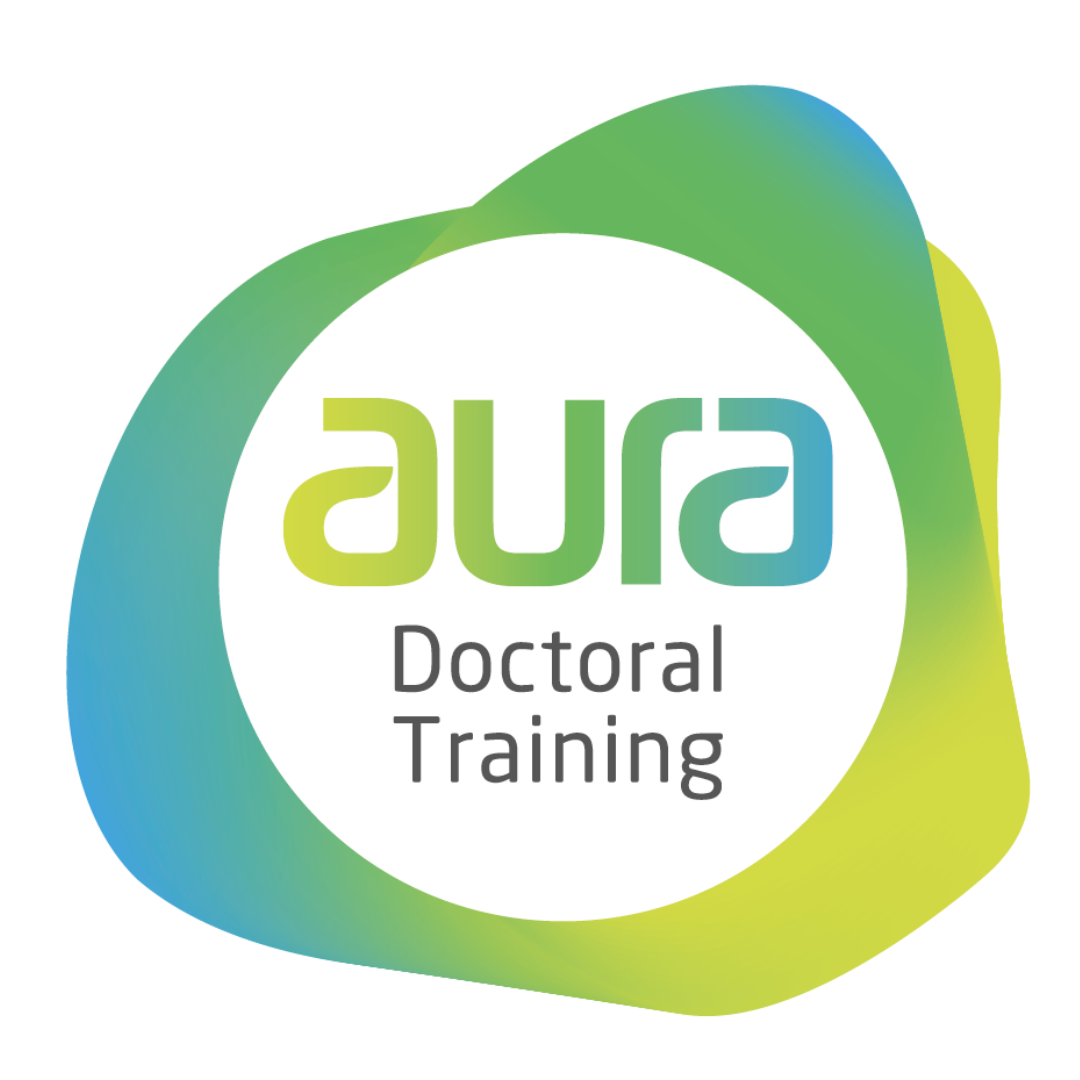

Research projects

- Research area
Offshore wind energy integration – challenges and impacts
- Institution
Durham University
- Research project
Integration of wave and offshore wind energies
- Lead supervisor
Prof Alton Horsfall (Director of Research in the Department of Engineering, Durham University)
- PhD Student
- Supervisory Team
Dr Nur Sarma (Assistant Professor, Department of Engineering, Durham University)
Project Description:
Wave energy has the potential to generate 70 TWhr annually, approximately 20% of the UK energy requirement [1]. The technology for the mechanical conversion of wave motion to electrical energy has been developed over the past forty years, however the electrical integration with the power network is less advanced. One potential solution is to consider the positioning of wave energy converters close to offshore wind farms to take advantage of the electrical infrastructures of the wind farm in terms of the collection network and shore connection. Power electronic systems are required to enable the connection of multiple wave energy converters to form a system and then integrate this with the electrical system of the wind farm.
Wave energy conversion offers a series of unique challenges for the power electronics in comparison to those found in wind turbines. The most significant being the very high peak-to-average ratio and the short timespan cyclic nature of the generated power. This short timescale variation in the power level places significant challenges in the synchronisation of the generated power and the grid connection. The proposed solution to this is the development of a novel transformer less power take off system that can be incorporated in to an individual wave energy converter, that can operate at medium voltage DC that is low weight and low volume, enabling them to be integrated in to an individual floating wave energy converter.
The converter will be developed using wide bandgap semiconductor devices, which offer significant performance advantages over conventional power electronics technologies and open up a range of novel topologies that are ideally suited to this application [2]. The MVDC power from the individual wave converters will be series connected to form a string, with a collection point located at a wind turbine. The DC nature of the power enables the integration of wave energy converters to form strings to a common collection point that will be located at the wind turbine and take advantage of the existing physical and electrical infrastructure. The DC energy can then be inverted at the wind turbine to match the power generated by the wind and enable grid connection.
The integration of the electrical power from the string of wave energy converters with the existing wind power collection network will be simulated using OPAL-RT/RTDS systems to simulate the real-time grid response to the short-term cyclic power variations from the wave energy converters. The existence of a real-time simulation platform provides an opportunity for hardware-in-the-loop testing of the prototype converter coupled with an exemplar offshore wind collection network. It will also provide the means for evaluating control algorithms for ensuring continuous grid code compliance from the coupled wave-wind energy system. This novel approach to the integration of wave power with existing offshore infrastructure opens up new opportunities in the development and integration of wave energy at a larger scale [3].
The project will utilise a range of computer simulation tools, including SPICE and PLECS, to study the fundamental operation of power converters to optimise the topology, understand the challenges of the short term transients in power and voltage that are unique to wave energy and explore the challenges of integration at a grid connect level. The findings from the simulations will be used to construct and optimise a demonstrator unit in the laboratory, which will then be connected to the real time simulation system (OPAL RT) to understand the interaction with the power grid. Analysis of the operation will be undertaken using MatLab.
References & Further Reading
- Lewis, , et al, Energy Vol. 183 (2019) pp. 1061.
- Armstrong, , et al, IEEE Journal of Emerging and Selected Topics in Power Electronics, 3 (2015) pp.1011
- Pecher, , and Kofoed, J.P., Handbook of Ocean Wave Energy, Springer, ISBN 9783319398884

